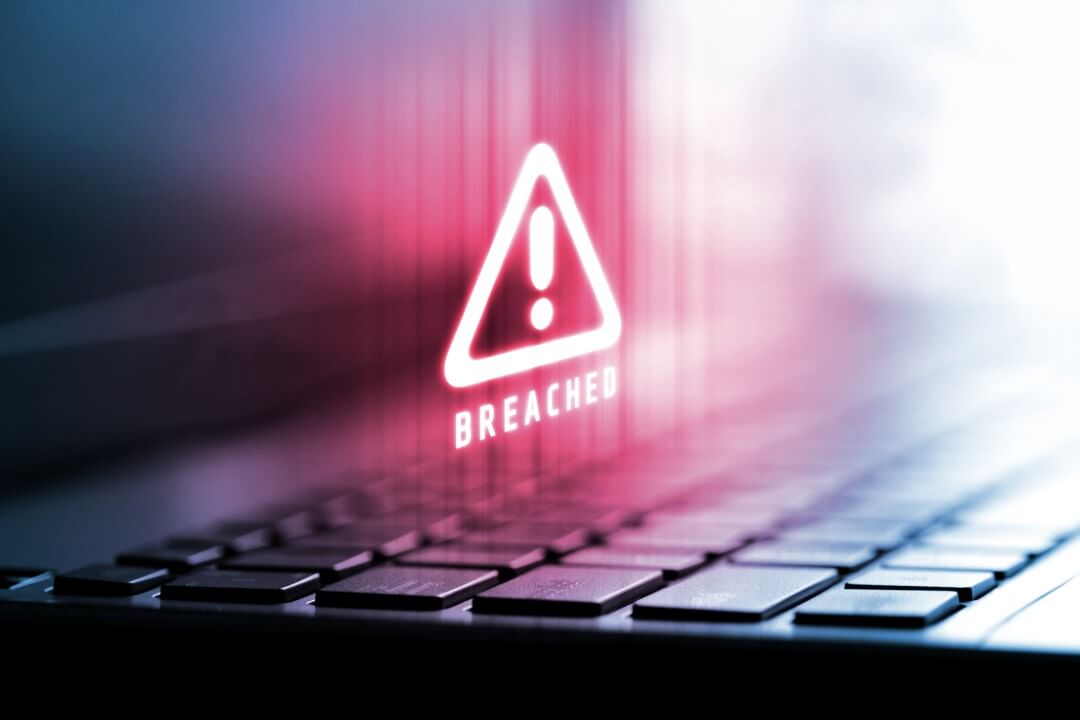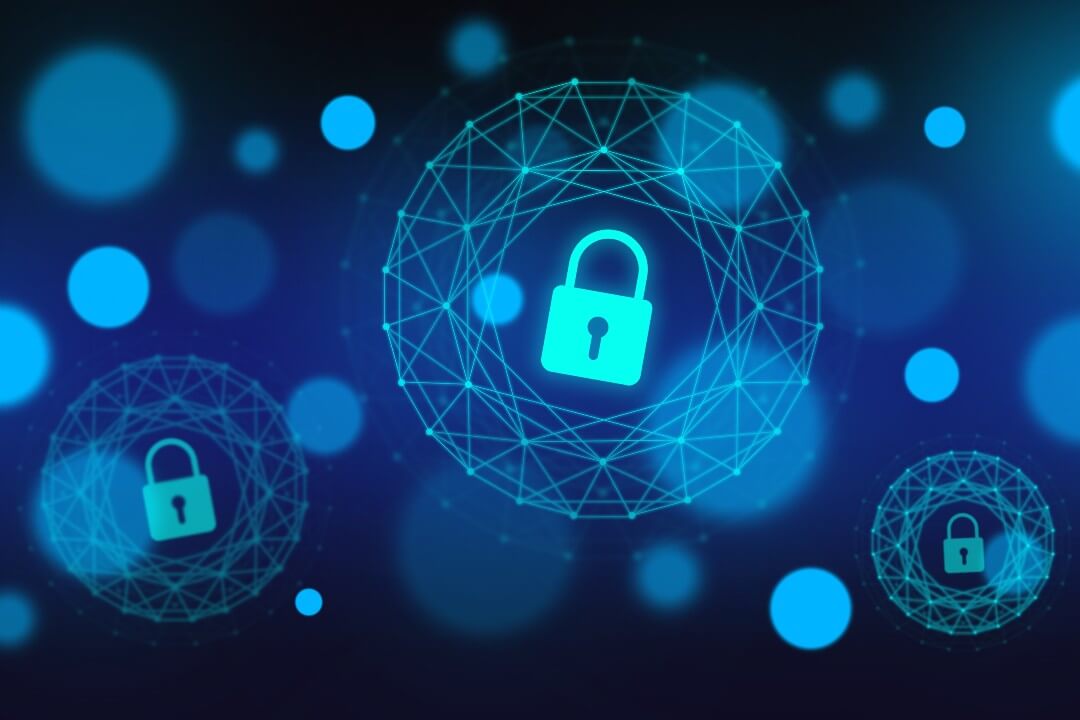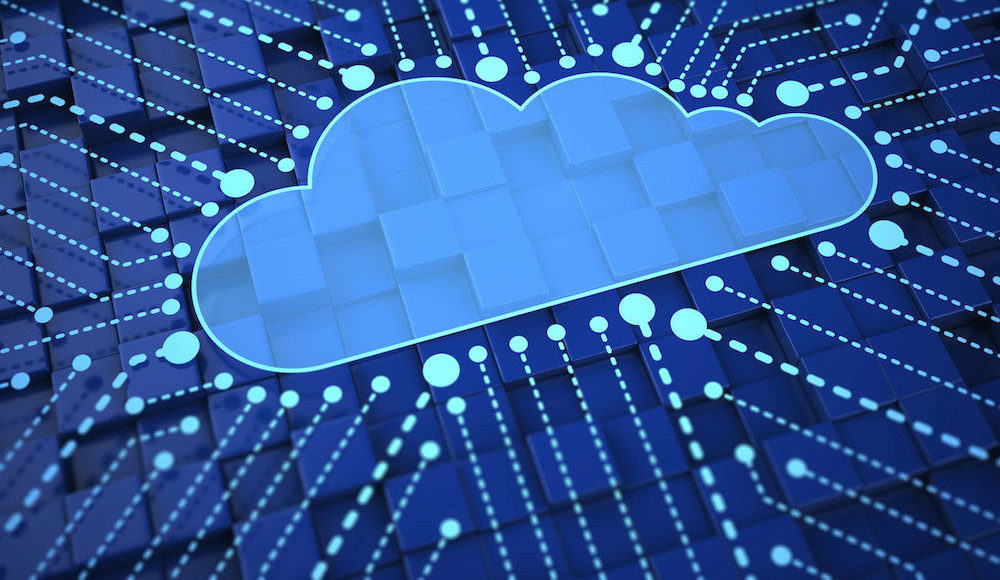Cyber threats remain persistent. The volumes and potency of cybercrimes increased to unprecedented heights during the pandemic. Increasing digitization, coupled with the demands of immediacy in a fast-paced world, increase vulnerabilities at the enterprise level. Here are the major cybersecurity threats that will dominate 2022.
1. Cyber Crimes will become more devastating
Today’s interconnected and perimeter-less environment is a happy hunting ground for cyber-criminals.
The SolarWinds hack, the most sophisticated cyberattack of all time, dominated 2021. Threat actors turned the Orion software into a weapon to gain access to thousands of government and private systems across the world. The hackers used supply chain attacks to insert malicious code into the Orion system. SolarWinds inadvertently delivered the backdoor malware as an update to the software. Hackers gained access to the networks, systems, and data of SolarWinds’ 30000+ customers. Worse, the hackers could access the data and network of the victim’s partners as well, and grow exponentially.
Such global hacks are a portent of things to come. These attacks expose the ineffectiveness of conventional security deployments, such as firewalls. Apart from getting the basics right, network security now depends on:
- Instituting robust access controls, including multi-factor authentication.
- Implementing zero trust strategy, to ensure remote users and devices meet the organization’s security policy at every login.
- Ensuring complete visibility of the network and seeking out vulnerabilities actively. Enterprises may either patch vulnerabilities or turn the vulnerabilities into honey traps.
A robust security suite such as Fortinet automates protection. It takes care of all the above measures, including zero trust access controls. FortiEDR offers visibility of all endpoints, analysis of threats, and effective remediation. The suite works efficiently in real-time, without generating false alarms or disrupting operations.
2. AI will penetrate the cyber security landscape in a big way
Cybercriminals have adopted Artificial Intelligence (AI) in a big way. Earlier, cybercriminals used Machine Learning techniques to evade protective deployments. Over the last couple of years, they have used AI to orchestrate complex attacks. They have expanded Malware-as-a-service. They also deploy innovative attacks using AI-fuzzing, self-learning swarm-based attacks, and more. They are also weaponizing deep fake technology to launch sophisticated attacks. In one of the most notorious attacks of 2021, a bank manager in Hong Kong became a victim of a deep fake scam. Hackers used AI to clone the voice of a customer and transfer $35 million.
Cyber experts now rely on AI to detect and mitigate cyber threats, the same way financial institutions use AI to detect fraud. AI identifies out-of-the-ordinary patterns in the network traffic. Fortinet FortiAI, one of the most potent tools in the market, uses Deep Neural Networks (DNN) to identify threats. The tool classifies malware outbreaks and blocks them in sub-seconds.
3. Ransomware will present an even bigger threat than before
Ransomware is growing at an alarming pace and becoming more complex. A PwC research reveals 61% of technology executives expect ransomware to increase in 2022.
The nature of ransomware attacks is changing. Attackers shift from denial of access to mining data for weaponization. Attackers infiltrate the targeted network and take away sensitive data. They extort their victims with threats of publishing it, rather than bother with encryption. They also use sophisticated extortion methods that resemble advanced persistent threat (APT) attacks.
Fortinet Security Fabric offers end-to-end security and prevents ransomware at all entry points. Fortinet’s highly experienced team of researchers, analysts, threat hunters, data scientists, and engineers offer the most advanced threat intelligence platform and mitigation tools.

4. IoT threats become widespread
The Internet of Things (IoT) unlocks many possibilities. But it also makes it easier for cybercriminals to gain access to secure systems. IoT increases access points to levels that become unmanageable using conventional methods.
Hackers already exploit connected household appliances such as fridges to access computers. In 2022, IoT-based cyber attacks will become more sophisticated. Both the edge and centralized cloud infrastructure will become more vulnerable than before. For instance, cybercriminals may breach the corporate network through electric vehicle charging stations!
Securing an IoT network requires:
- advanced network visibility tools
- a thorough audit of every device connected to the network
- robust mitigation techniques.
FortiGate next-gen firewalls and the FortiWeb web application firewalls secure IoT services and ecosystems. The suite offers next-generation stateful firewalls that block anomalous behavior and non-authorized destinations. Powerful IPS detects exploit attacks, fuzzing attacks, scanning attacks, and other types of IoT attacks. API protection, automatic frameworks, application and protocol controls, further enhance security.
5. Increasing importance to secure the ecosystem
The adage “we are in together” will linger on much beyond the pandemic. Enterprise cyber security is only as secure as its weakest link. Costly or sophisticated deployments count for nothing if there is a vulnerability in another part of the system. Enterprises remain vulnerable if any part of their supply chain has weak links.
Enterprises face devastating consequences for slip-ups. Such penalties hold even if the damage is from partners who have access to such data. Businesses will focus on getting good ratings for cybersecurity. Very few entities will strike partnerships with entities that have poor ratings.
Gartner predicts that by 2025, 60% of enterprises will use cybersecurity risk as a primary determinant when choosing business partners. They will vet every partner with access to the organization’s data or systems. Industry-standard security ratings will become as important to companies as credit rating agencies.
State-of-the-art threat intelligence solutions such as Fortinet offer comprehensive threat identification and protection. The suite offers robust integrations with IT and OT vendors, to keep the network secure. FortiNAC offers complete visibility and control, with automated response capabilities, across the network. FortiGuard Labs offers actionable threat intelligence, with insights on emerging threats.
6. Regulations to get tougher
Cybercriminals have become emboldened owing to the weak policing of their activities. This will change in 2022, as the threats posed by cybercriminals reach alarming levels. The cost of cybercrime to global economies was over $6 trillion in 2021. The C-suite and governments are now waking up to the dangers posed by hackers and cybercriminals. Damaging data breaches will still occur in 2022. But the year may become a watershed for big global counter-strikes against cybercriminals.
Some of the regulatory measures expected in 2022 include:
- Expansion of penalties to cover vulnerabilities and exposure to potential damage. At present, penalties cover only any breach and loss in most jurisdictions.
- Laws relating to payments for ransomware attacks.
- Making CIOs responsible for the impact of data theft and losses. CIOs will have legal obligations like what Chief Financial Officers have.
FortiGuard solutions monitor and protect data and applications against all types of attacks while ensuring the enterprise meets compliance. FortiGuard Security Subscriptions offer customized security options. Businesses may deploy options that offer the most effective protection for their environment.











